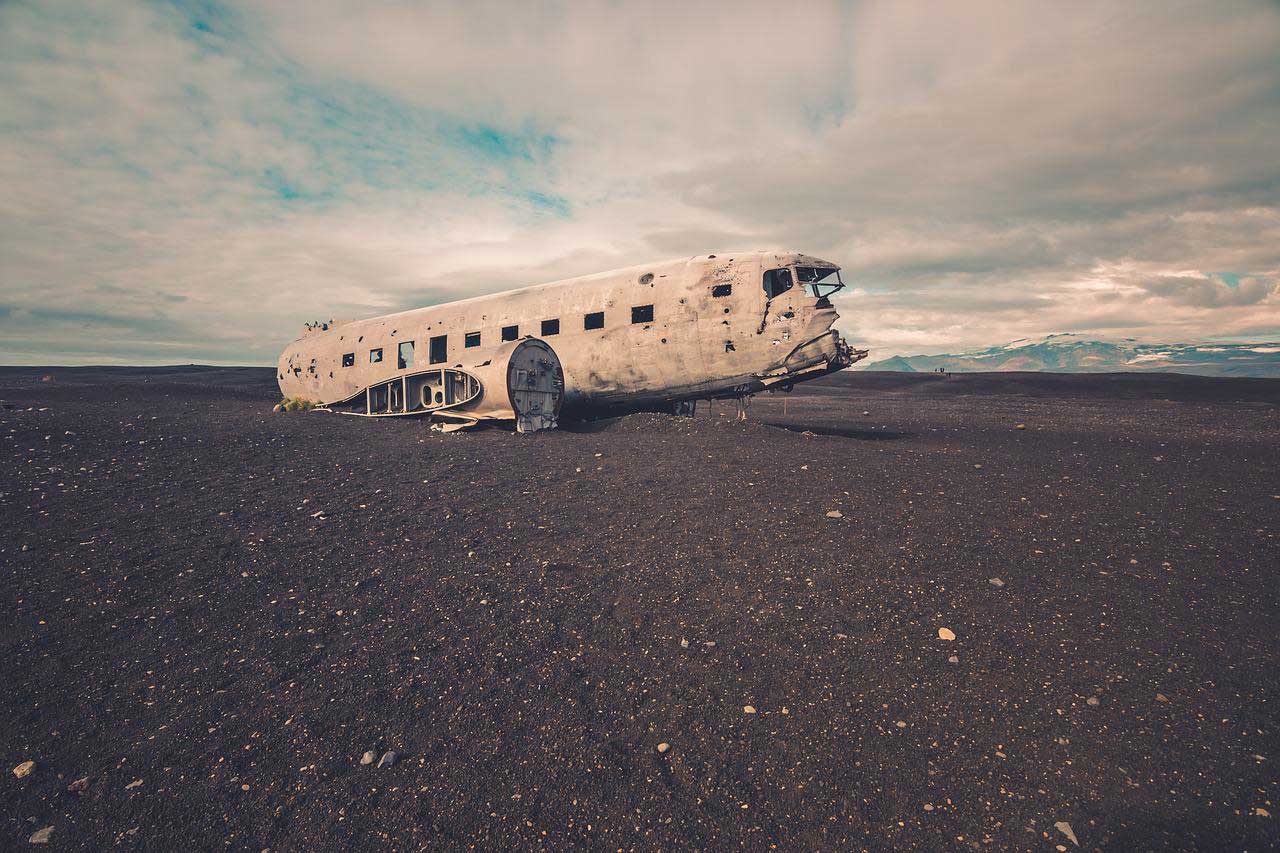The failure of both engines in an airplane is a fear not only for aerophobes but for everyone who plans to live happily ever after. At the thought of an engine failure, the image of a liner flying like a stone immediately arises.
Engines do play an important role in aircraft control. It is thanks to them that the plane, in principle, breaks off the ground and moves in the sky at great speed.
The engines of passenger liners contain systems for supplying electricity, which is necessary for the operation of computers and ensuring the functions of all ship systems in flight. And there are also hydraulic pumps that regulate the operation of the chassis and fender liner.
Since a lot of things depend on the engines, they are designed in such a way that it is impossible to turn off the operation of all systems. In any case, if the generators turn off, the spare batteries will work. Some systems ensure hydraulics, there is a spare turbine.
Causes of engine failure
- If errors do occur, then most often they are associated with defects from the manufacturer. Sometimes they make themselves felt after years of successful operation of the aircraft. However, defects rarely lead to complete engine failure.
- Sometimes a bird gets into the engine or a fire breaks out. In aviation, such cases are called “engine damage”. But catching a few birds is almost impossible, so another working engine remains.
- The engine may stop running if it runs out of fuel. But this has never happened in the history of passenger transportation.
- Strong airflow during turbulence can cause the motor to self-extinguish. Only an extreme natural phenomenon can cause such a situation, but then the engine is simply restarted.
When pilots are in training, they prepare for the scenario where both engines stop working. Therefore, they know what to do in such situations.
For example, a plane can fly for a very long time on one engine. Passengers may not even know that work has been disrupted in flight.
The failure of two engines is hard not to notice. This situation is most dangerous during takeoff. Since the pilot does not have time to prepare for landing and altitude to return to the departure airfield. However, in this case, it is possible to do without victims, this situation is constantly repeated in training.
If both engines still fail
If the ship has already reached the desired height, if the engines fail, it will glide and slowly lose height. For example, if an airplane flies at an altitude of 10 km, it can stretch another 120-130 km without engines.
This time is enough for the pilots to be able to find an airfield for an emergency landing. In extreme cases, the ship can land on water, a field, or even a highway. So the chances of dying are extremely small!

